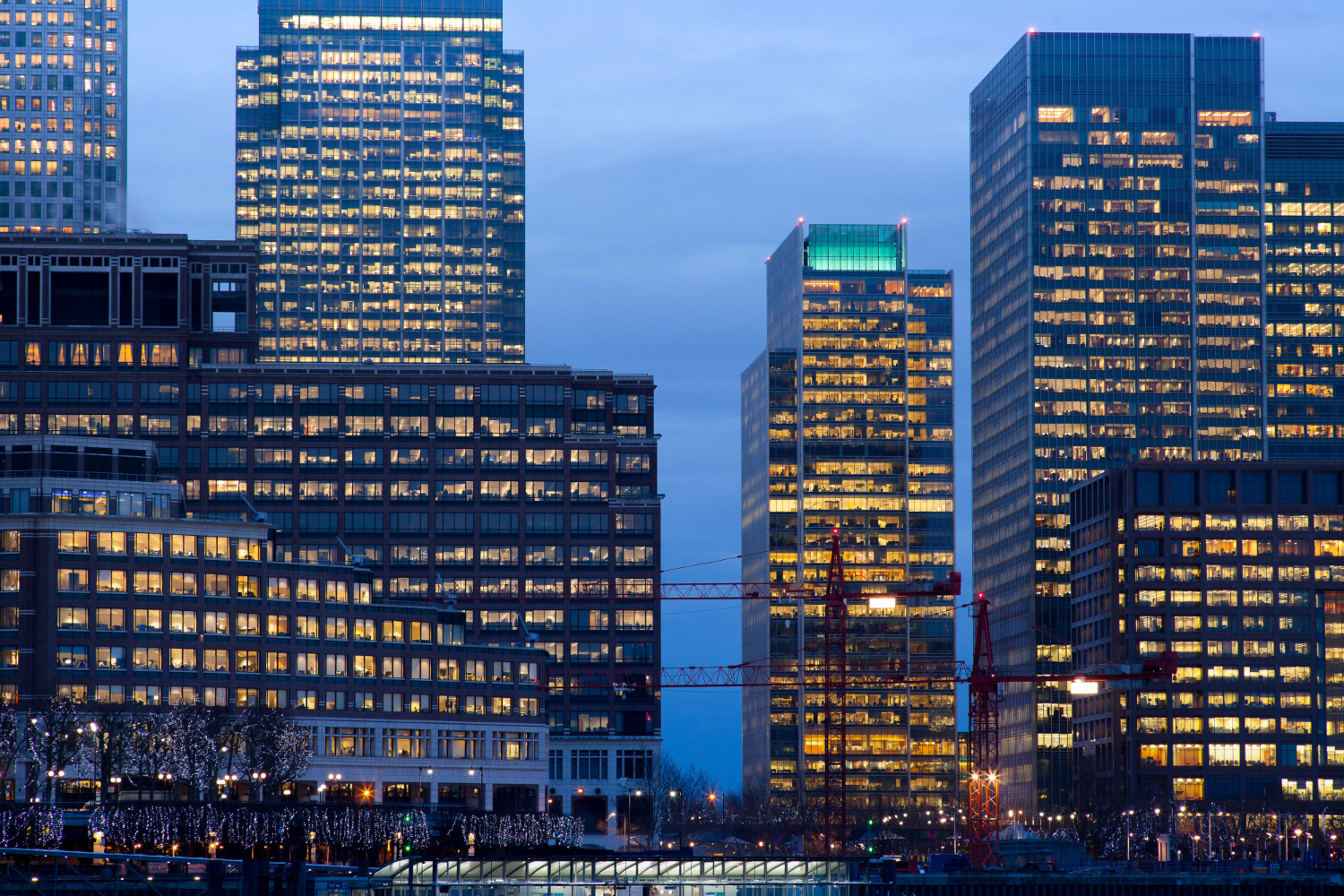

Designing energy-efficient and sustainable buildings has become a priority for architects, builders, and homeowners alike. With buildings accounting for a significant portion of global energy consumption, creating structures that use less energy, consume fewer resources, and have a minimal environmental footprint is vital. In this post, we will explore how to approach designing a energy-efficient and sustainable building.
Smart building design
The foundation of an energy-efficient and sustainable building lies in its design. Before choosing materials or energy systems, it’s essential to focus on the structure itself.
The building’s orientation plays a critical role in its energy efficiency. By positioning the building to take advantage of natural light and heat from the sun during winter, and incorporating shading strategies for summer, you can reduce heating and cooling demands. Ensuring that your building is well-insulated and airtight is also essential. Proper insulation helps to maintain a consistent indoor temperature, reducing the need for heating or cooling, while an airtight design prevents heat loss and improves energy efficiency.
Additionally, the shape and size of the building can make a significant difference. Compact buildings are generally easier to heat and cool compared to larger, sprawling structures, meaning they require less energy to maintain comfortable living conditions.
Sustainable materials
The materials you use for your building will impact its sustainability long-term. Opting for renewable, recycled, or locally sourced materials can significantly lower the environmental footprint of your project.
For example, bamboo is an incredibly sustainable material because it grows quickly and can be harvested without causing harm to the environment. Recycled materials, such as reclaimed wood, glass, and steel, can be repurposed in construction, reducing the need for virgin materials and the energy required to process them.
Another important consideration is the use of low-emission paints and finishes. Many conventional paints and finishes release volatile organic compounds (VOCs) into the air, which can contribute to pollution and poor indoor air quality. Choosing low-VOC or zero-VOC products will help create a healthier indoor environment while also reducing environmental harm.
Energy-efficient technology
Once you’ve designed the building and selected sustainable materials, the next step is to incorporate energy-efficient technology. Modern innovations can drastically reduce a building’s energy consumption.
For instance, LED lighting is far more energy-efficient than traditional incandescent bulbs and lasts much longer, making it an excellent choice for any building. Smart thermostats are another great option—they learn the habits of the building’s occupants and adjust heating and cooling systems accordingly, ensuring that energy is used only when needed.
Energy-efficient windows are also essential. Double-glazed windows with low-emissivity coatings can reduce heat transfer, helping to maintain a comfortable temperature inside without relying heavily on air conditioning or heating. Another valuable technology to consider is solar power. By installing solar panels on the roof, a building can generate its own clean electricity, further reducing its reliance on non-renewable energy sources.
Renewable energy
Sustainability is not just about reducing energy consumption, it’s also about using renewable energy to power the building. There are several ways to achieve this. Solar panels are one of the most popular and effective methods, allowing buildings to generate their own electricity from the sun. In areas where wind is prevalent, small wind turbines can supplement energy needs. Geothermal heating and cooling systems are another renewable option that taps into the natural heat of the earth, providing a highly efficient and sustainable solution for temperature regulation.
Water conservation
Water conservation is another key component of sustainable building design. By implementing a rainwater harvesting system, you can capture and store rainwater for non-potable uses such as irrigation or flushing toilets, reducing reliance on municipal water supplies. Low-flow fixtures such as faucets, showerheads, and toilets help to minimize water usage without sacrificing performance. In addition, landscaping with native, drought-tolerant plants can drastically reduce the need for irrigation, further conserving water.
Indoor air quality
An energy-efficient building should not compromise the health and comfort of its occupants. Indoor air quality plays a crucial role in ensuring a healthy environment. Proper ventilation is necessary to bring in fresh air and regulate moisture levels while preventing the buildup of harmful pollutants. Additionally, selecting non-toxic materials for flooring, paints, and adhesives ensures that the indoor environment remains safe and healthy. Indoor plants are another great option, as they help to purify the air and provide a natural, calming aesthetic to the space.
Green certifications
To ensure that your building meets high standards of sustainability, it’s worth considering green building certifications. These certifications, such as LEED (Leadership in Energy and Environmental Design), BREEAM (Building Research Establishment Environmental Assessment Method), or the Passivhaus standard, provide a comprehensive framework for sustainable design, construction, and operation. Achieving these certifications not only ensures that your building is truly sustainable, but it also demonstrates your commitment to environmental stewardship.
Wrapping up
Designing an energy-efficient and sustainable building requires thoughtful planning and the integration of advanced technologies and materials. By prioritising smart design, sustainable materials, energy-efficient technology, and renewable energy sources, you can significantly reduce a building’s environmental impact and create a more sustainable future. At Balmech, we’re dedicated to helping you create buildings that are not only energy-efficient but also environmentally responsible, ensuring long-term savings and a positive impact on the planet. Let’s work together to bring your sustainable building vision to life. Get in touch if you have any questions!



